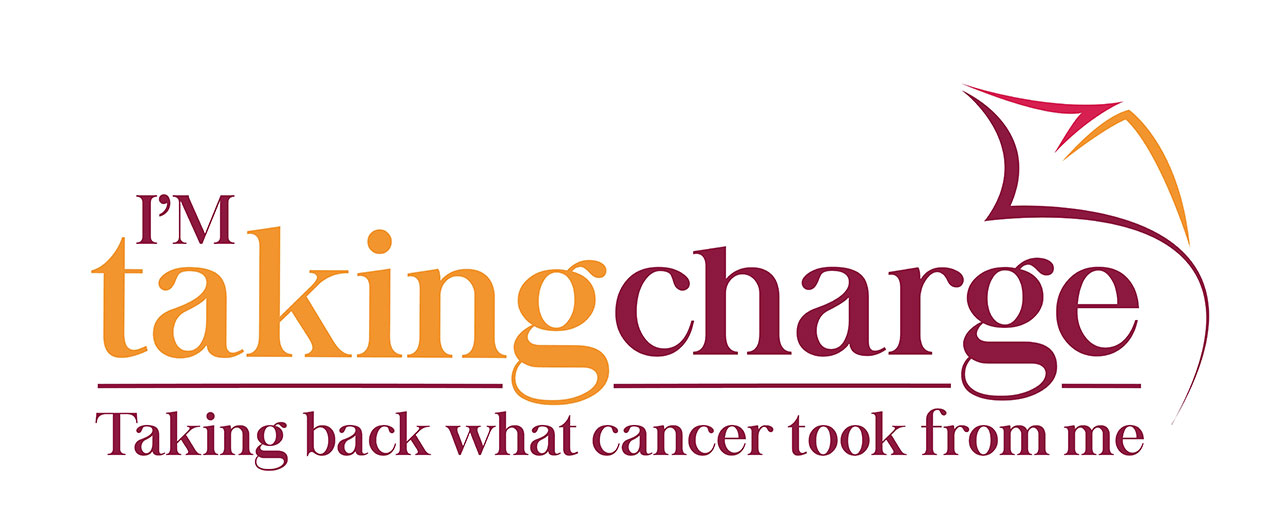According to Komen, over 250,000 new cases of invasive breast cancer and over 63,000 cases of in situ breast cancer are diagnosed each year in the U.S. This translates to roughly 124.9 new cases per 100,000 women. For men, the rate drops to 1.2 per 100,000 individuals. Meanwhile, average rates of incidence range from about 95 per 100,000 women in Western Europe to just under 20 cases per 100,000 women in Middle Africa. The WHO GLOBOCAN project also gathers data about international breast cancer rates. Although these estimates are from 2012, you can still find information about average rates by country here.
In the United States, the average five-year survival rate for people with breast cancer generally is 90 percent. This means that 90 percent of people diagnosed with breast cancer will survive for at least five years. Meanwhile, the 10-year survival rate is 83 percent.
But survival rates do vary based on stage. Five-year rates for stage II breast cancer were 85 percent. And 26 percent of people with stage IV breast cancer survive for five years.
Yes, young women can get breast cancer. However, rates of breast cancer in young women are much lower. A family history of breast cancer, genetic mutation, or heavy alcohol use all increase the risk of developing breast cancer under the age of 40. Since breast cancer in younger women is more difficult to detect and more likely to be aggressive, it is important to speak up with your physician if you are concerned.
There is a huge range of breast cancer types. Ductal carcinoma in situ (DCIS) is the more common type of non-invasive breast cancer. It forms in the milk ducts and has not spread beyond that ducts to the surrounding breast tissue. When breast cancer has spread outside of the milk ducts, it is often called infiltrating or invasive ductal carcinoma (IDC). Roughly 80 percent of all breast cancers are IDC.
Within IDC, there are still many subtypes, including tubular carcinoma, mucinous carcinoma, and cribriform carcinoma of the breast. These subtypes may form in different areas of the body or have different tumor appearances.
There is also inflammatory breast cancer, or IBC, which is a rare, aggressive breast cancer that tends to spread quickly. Lobular carcinoma in situ (LCIS) is another type that increases your risk of developing invasive breast cancer later in life.
Finally, there is invasive lobular carcinoma (ILC). This type of breast cancer forms in milk-producing lobules and later spreads.
The term, Stage 0, is used for non-invasive breast cancers like DCIS. In this stage, physicians cannot find any evidence of cancer cells in the normal breast tissue.
Stage I refers to breast cancer that has spread to the surrounding breast tissue. Within this stage, tumors are either less than two centimeters in size and are contained within the breast or are over two centimeters or have spread to the lymph nodes.
Breast cancer in Stage II is typically between two and five centimeters. It may be found in the lymph nodes or axillary lymph nodes.
Stage III breast cancers are larger than five centimeters in diameters. They may be present in up to nine axillary lymph nodes. Inflammatory breast cancer may also develop in Stage III, through it is very rare.
Finally, Stage IV breast cancer has spread outside of the breast tissue and nearby lymph nodes. This stage is used when cancer reaches such organs as the skin, liver, or lungs. It is often referred to as “advanced” or “metastatic” breast cancer.
Staging may also be done using the TNM – or tumor, node, metastasis – system. You can read more about that staging system here.
As of October 2017, some of the latest breast cancer research has focused on such areas as breast cancer causes, treatment, and management. There are several studies that are looking at how weight changes and diet affect breast cancer risk. And recent studies have found that hormone therapy drugs may prevent breast cancer. Other studies have demonstrated that Tibetan yoga and exercise may help with some chemotherapy side-effects. Both breastcancer.org and the American Cancer Society keep pages dedicated to reporting new developments in research, and we also like to highlight findings we think our readers will be interested in.
Scientists continually working toward finding a breast cancer cure, but there are many, many types of cancers, so a one-cure-fits-all approach may not work. Thankfully, new tests and treatments that improve survivability are being continually created. That being said, organizations like the National Breast Cancer Coalition are pushing for a cure by the year 2020.
Have questions we’ve not answered? Let us know.

Leave A Comment